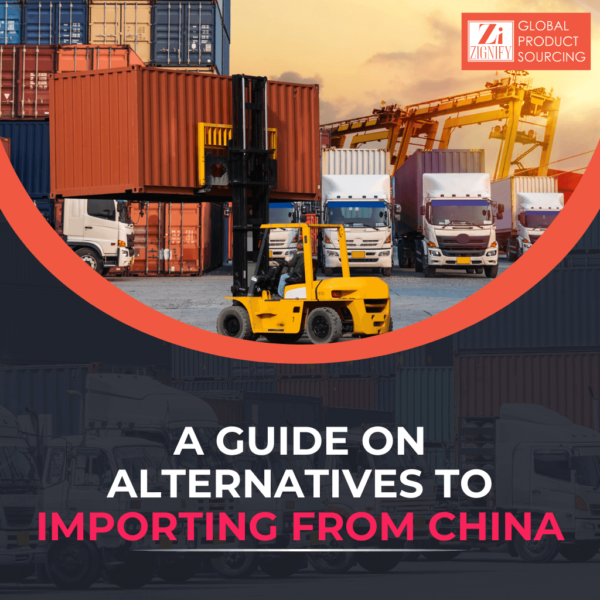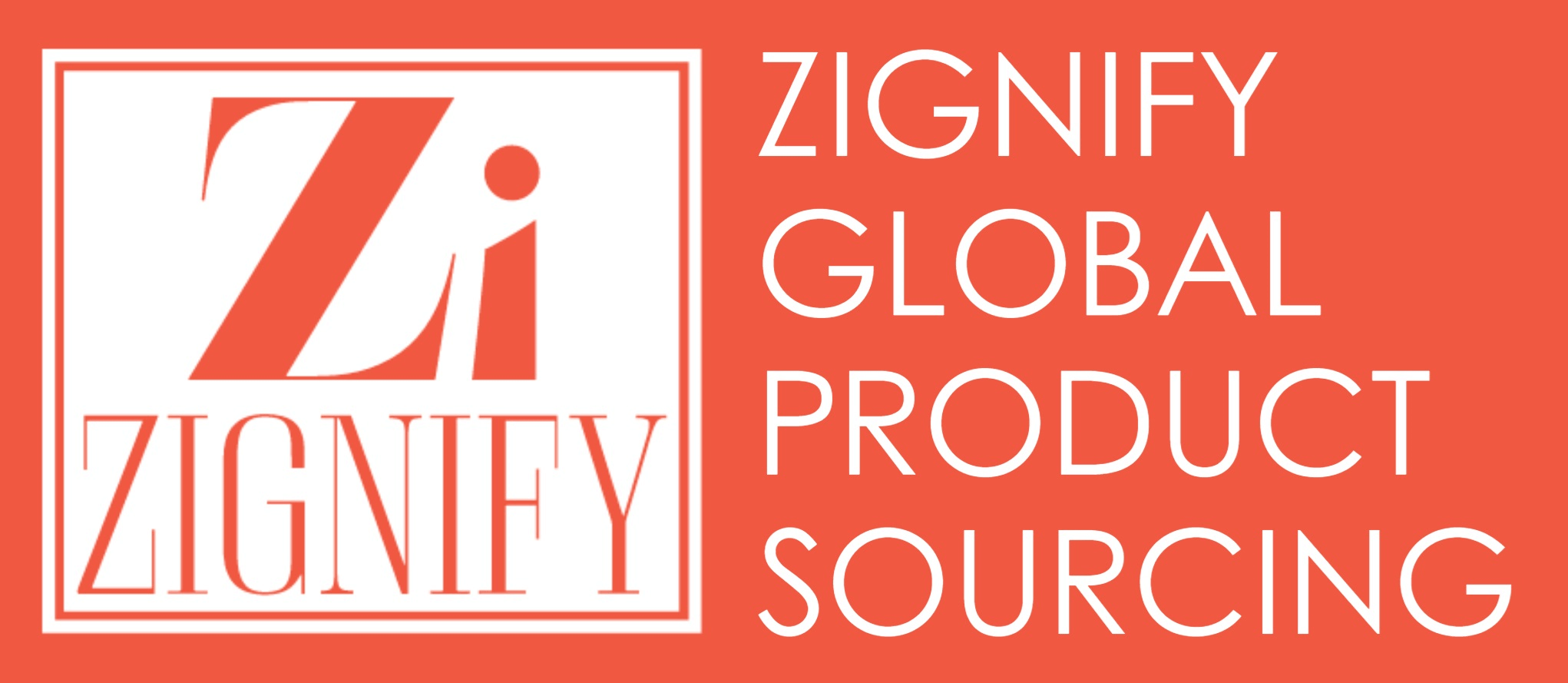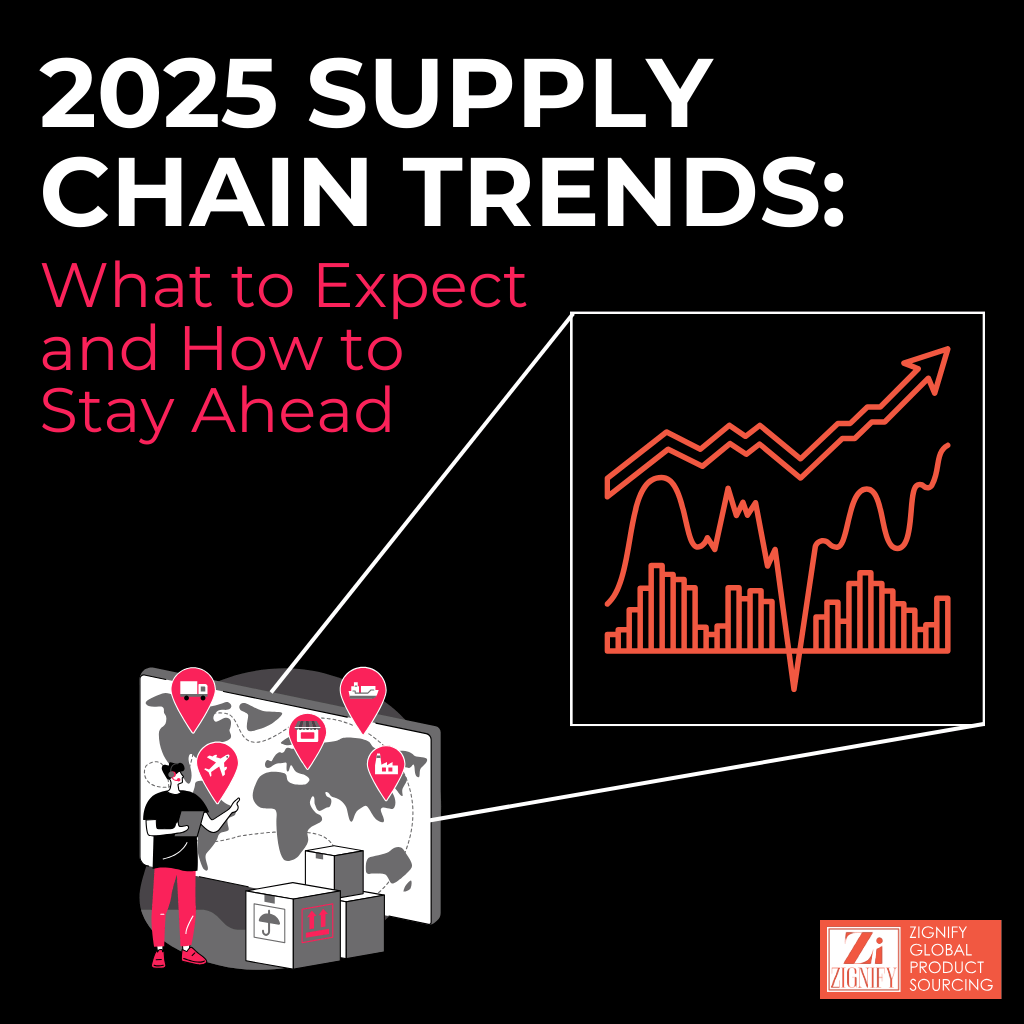
China is known for being the world’s biggest supplier of everything and anything. With large-scale factories that diversify to even small-scale niche markets, the global economy heavily depends on China’s capacity to deliver pretty much anything hence being known as a global manufacturing superpower. In 2020, the manufacturing sector of China constituted over 35% of the total gross manufacturing production volume at the global level. This is about 1.5 times the combined contributions of the United States (12%), Japan (6%), Germany (4%), India (3%), South Korea (3%), Italy (2%), France (2%), and the UK. Through a state-led development path, China achieved this expansion in only 15-20 years instead of a century like the United States.
The face of the contemporary global market is now changing as the newly emerging countries are differentiating their goods for export and simultaneously are collectively aiming to lower the cost per unit (CPU). Amazingly, some of these economies have not just been able to adapt to global standards but in some cases have even gone beyond. This new transition implies a new manufacturing paradigm, whereby new competitors can effectively mobilize their resources to seize lucrative market segments within the global sourcing network.
Under such conditions, businesses globally are seeing the opportunity to take their product-sourcing activities to these emerging markets as the market rewards any business that chooses to relocate. While economic rivalry and technological advancement are the underlying factors behind this transformation, global commerce is becoming more complex and dynamic, as old notions of manufacturing hierarchies are being questioned.
While some countries offer a diverse range of manufacturing capabilities across various industries, others specialize in specific product categories. Understanding these distinctions enables businesses to align sourcing strategies with their product portfolios and leverage the strengths of different sourcing destinations to optimize cost, quality, and innovation.
The Search Begins Online: Alibaba Alternatives
Alibaba, a global e-commerce giant founded by Jack Ma, has transformed the landscape of online retail and digital commerce. Most businesses prefer to search for vendors online, and this e-commerce platform is one of the most convenient ways to access the Chinese market. This tech powerhouse has paved the road for verified Chinese suppliers and intermediaries to trade globally, with many foreign businesses relying on them to meet their supply needs.
Companies can diversify sourcing options by considering the use of other social e-commerce platforms and sourcing networks other than Alibaba. This allows them to have a wider viewpoint. Platforms such as Global Sources and TradeIndia provide entry to the different suppliers and manufacturers outside China, thereby the business can diversify their supply chains and minimize the risks that come with a single country source.
Venturing into new emerging markets: India, Vietnam, Bangladesh, Philippines, Indonesia and Mexico
Businesses that are looking into shifting or diversifying their supply chains to other countries would look into these countries mainly as the most attractive locations; India, Vietnam, Bangladesh, Philippines, Indonesia and Mexico. These countries are distinguished by their advanced manufacturing techniques, cost-effective labour force, and constantly developing infrastructures; thus, they are better focused on supply outsourcing and supply chain diversification.
Cost Competitiveness:
China was once associated with low manufacturing prices due to cheap labour. However, this low-price advantage is now eroding, contributing to a narrowing of the cost gap between China and other emerging markets. Apart from Vietnam, Bangladesh, and Indonesia, other countries like these offer lower labour costs and are attractive destinations for businesses searching for low-cost regions to manufacture items for international marketplaces.
Specialized Expertise:
The stand-out feature of any of the mentioned countries in terms of their involvement in the global economy is that they have all established their niche markets in certain sectors that are specific to their one-of-a-kind strengths and competitive advantage. For instance, in textiles and apparel, India is well-known, Vietnam is among the top electronics manufacturers and Bangladesh is known for specializing in finished garments. This type of expertise makes these countries able to produce high-grade products that could address the preferences of the global market, resulting in better export volumes.
Trade Agreements and Preferential Tariffs:
The bulk of these countries have aggressively pursued the signatures of trade agreements and trade preferences with their major importing countries, thus boosting their competitive edge on the demand side. In addition, Mexico has the advantage of being close to the US and joining NAFTA (North American Free Trade Agreement) gives it an easy way to reach the North American market. Furthermore, the trade is secured by agreements like the Comprehensive and Progressive Agreement for Trans-Pacific Partnership (CPTP) for expanded market access and to attract foreign investment as in Vietnam.
Technological Advancements:
With technology continually developing at a rapid pace, emerging markets have managed to tackle the conventional barriers of entry in manufacturing and thus obtain an edge in certain industries. As an illustration, digital transformations in Indonesia’s textile and garment sector have enhanced operational performance, boosting the country’s competitiveness among international manufacturing hubs. Besides that, the Philippines has worked on its skilled labour and modern technology in electronic manufacturing and its electronics products have been in high demand by foreign countries.
Product Variations: India, Vietnam, Bangladesh, Mexico, Indonesia and the Philippines
- India:
Excels in textiles and apparel manufacturing, offering a wide range of products including cotton, silk, wool, and synthetic fibres. Additionally, India has a growing presence in other industries such as electronics and automotive components. - Vietnam:
A global hub for electronics manufacturing, producing electronic components, consumer electronics, and telecommunications equipment. However, Vietnam’s expertise in other industries is relatively limited compared to its significant focus on electronics manufacturing capabilities. - Bangladesh:
Specializes in the garment manufacturing industry, offering knitwear, woven garments, and denim products. With a large and affordable workforce, preferential trade agreements, and proximity to key export markets, Bangladeshi suppliers provide mass-produced clothing items at competitive prices. - Mexico:
Renowned for automotive manufacturing, producing a wide range of automotive components and assembly services. Additionally, Mexico has a diverse manufacturing base, including electronics, aerospace, and medical devices. - Indonesia:
Known for its presence in the textile and garment manufacturing sector, producing textiles, apparel, and footwear. Indonesian suppliers leverage abundant natural resources and skilled craftsmanship to offer a variety of products in the textile and apparel industry. - Philippines:
Plays a significant role in electronics and furniture manufacturing. With a skilled workforce and competitive pricing, the Philippines offers high-quality electronic products and home furnishings.
Original Equipment Manufacturing (OEM) and Original Design Manufacturing (ODM)
The delineation between Original Equipment Manufacturing (OEM) and Original Design Manufacturing (ODM) allows companies to effortlessly adapt their own approach to procurement. OEM contractors create the products according to the order specifications, whereas ODM suppliers offer designs and develop them along with manufacturing support.
With India thriving in the manufacturing sector, it has a widespread network that covers textiles, apparel, electronics, and consumer goods among others, which facilitates collaborative customization and cost-saving infrastructure. While Vietnam is well-known for OEM manufacturing, it is moving towards ODM and private labelling, mainly across the electronics industry with a focus on design flexibility and customization.
Bangladesh specializes in OEM manufacturing for international brands, but new private label contracts are also facilitating customized products. In Mexico, the automotive and electronics private labelling services are offered as OEM. The Indonesian manufacturing sector provides a one-stop-shop service for OEM and private labelling across the entire spectrum of sectors, allowing for high customization. In the Philippines, OEMs and private labelers in the electronics and furniture sectors top the list that absorbs extensive appearance considerations into their branding and design demands such as packaging design.
Key Considerations
Supply Chain Issues:
China boasts one of the most efficient supply chains in the world. Vertically integrated, manufacturers around the world continue to require items from China in sub-assemblies to produce a finished product. When evaluating new suppliers as a sourcing alternative to China, significant considerations include lead times and efficiency in managing potential supply chain interruptions and logistical issues. Transportation infrastructure, customs laws, and geopolitical stability can all have an impact on how reliable and predictable lead times are.
Collaborating with suppliers who can efficiently handle orders and respond to varying demands reduces the risks associated with lead time unpredictability. Creating clear communication channels and performance metrics promotes transparency, accountability and supply chain resilience throughout the procurement process.
Understanding Cultural Nuances:
Successfully entering a supplier negotiation in a new country hinges on a deep appreciation of cultural nuances and business etiquette. Cultural differences in communication styles, decision-making processes, and hierarchical structures can significantly impact negotiations and product launch efforts. By investing time in cultural awareness and sensitivity training, businesses can bridge communication gaps, build rapport, and foster trust with suppliers from diverse cultural backgrounds.
Trade Relations:
Evaluating trade relations and geopolitical dynamics between sourcing countries and the business’s home country is essential for mitigating risks and ensuring regulatory compliance. Monitoring tariff policies, trade agreements, and diplomatic relations helps anticipate potential disruptions and optimize sourcing strategies accordingly.
When evaluating trade relations and geopolitical dynamics between sourcing countries like India, Bangladesh, Vietnam, Indonesia, the Philippines, and the business’s home country, it’s crucial to consider regulatory frameworks and trade policies. India, for instance, has enacted the Consumer Protection (E-Commerce) Rules, 2020, applicable to all goods and services available online, with regulations governing marketplace and inventory e-commerce entities. Additionally, India maintains non-tariff regulations on various product categories, including banned or restricted items and those canalized for import solely by government trading monopolies.
Similarly, Bangladesh’s regulatory landscape presents challenges for market access, with registration procedures and other requirements hindering entry for foreign companies. However, recent policy changes, such as the withdrawal of the maximum shareholding limit on foreign e-commerce companies, signal opportunities for increased foreign investment and market participation in Bangladesh.
Making The Right Decision: The Next Steps
Scheduling a Product sourcing trip
Visiting suppliers firsthand allows businesses to ensure product quality aligns with standards while fostering stronger, more personal ties. These interactions lay the foundation for long-term partnerships, promoting open communication, trust, and collaboration. Assessing suppliers’ capacity and capability during visits provides insights into production processes and quality control measures, facilitating informed partnership decisions and enhancing problem-solving capabilities within transparent working environments. Face-to-face interactions establish a deeper level of understanding and empathy between businesses and suppliers, creating a conducive environment for mutual growth and success.
Consultation with a global product sourcing specialist
Consulting with a global product sourcing specialist offers businesses unparalleled expertise in navigating new sourcing alternatives. By leveraging their networks, and industry connections, they help identify trusted global suppliers that meet stringent quality standards and production needs, ensuring reliability throughout the sourcing process. Most specialist companies provide one-stop-shop services from product sourcing to managing technical discussions to even branding and marketing services like Product Photography.
Additionally, consultation with these specialists empowers businesses to adopt Sustainable sourcing practices as well as to mitigate risks associated with supply chain disruptions, regulatory compliance issues, and geopolitical tensions through comprehensive risk assessments and contingency planning.



